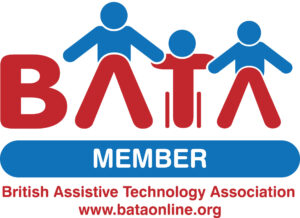How it works
Step 1
For schools, the Wordshark ‘Administrator’ (overall in charge of Wordshark but can also teach with Wordshark), creates ‘groups’ in which to organise the students/other teachers eg whole class, a spelling group etc. Administrators can add as many other staff as they like! Tutors have 1 group.
‘ADMINISTRATOR’ Start-up guide (schools)
‘TEACHER’ Start-up guide (schools)
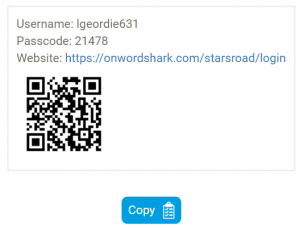 Step 2
Step 2
You can give students their login details by email or in person. In the ‘Help Centre’ there’s a help page for students/parents and a letter for parents if needed.
Step 3
Your students then begin their independent learning journey…
- An automated placement test called ‘Shark Challenge‘
- Then an automatic progression mode called ‘Supershark‘
- In addition to the above, you can also set them work


The games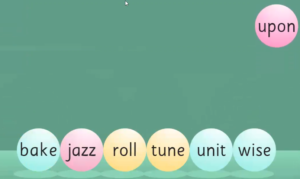
Games are grouped into categories; blend, segment, read, spell, patterns, sentences, alphabet. Each game teaches or reinforces a reading or spelling skill.

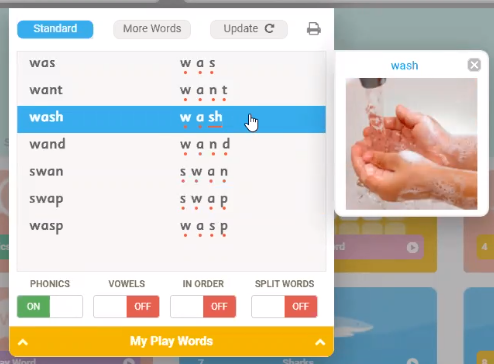 Viewing the words
Viewing the words
It helps to encourage students to look at the spellings they’re working on by clicking on the yellow ‘My Play Words’ banner.
They can click on each word to hear it, and explore the phonics – and syllables too, if relevant.
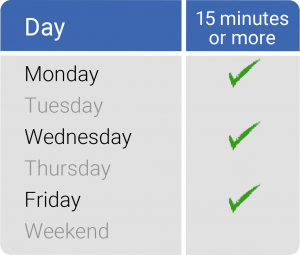 Students learning at home:
Students learning at home:
Suggest that they use headphones to help block out any distractions around them.
Ask them to work out when they can fit their Wordshark sessions into the day. Then they should stick to a routine.
Creating a ‘tick’ chart can help with organising and remembering the spelling sessions.
Why Wordshark works
- Every game builds a different skill in reading and spelling
- Options, settings and more make the program highly adaptable
- Students can work independently, at their own level
- Wordshark offers rote practice, in addition to introducing necessary skills
“Wordshark has been an an absolute winner in these challenging times!”
Nadine Bogan, Learning Support Coordinator, St Paul’s Cathedral School




